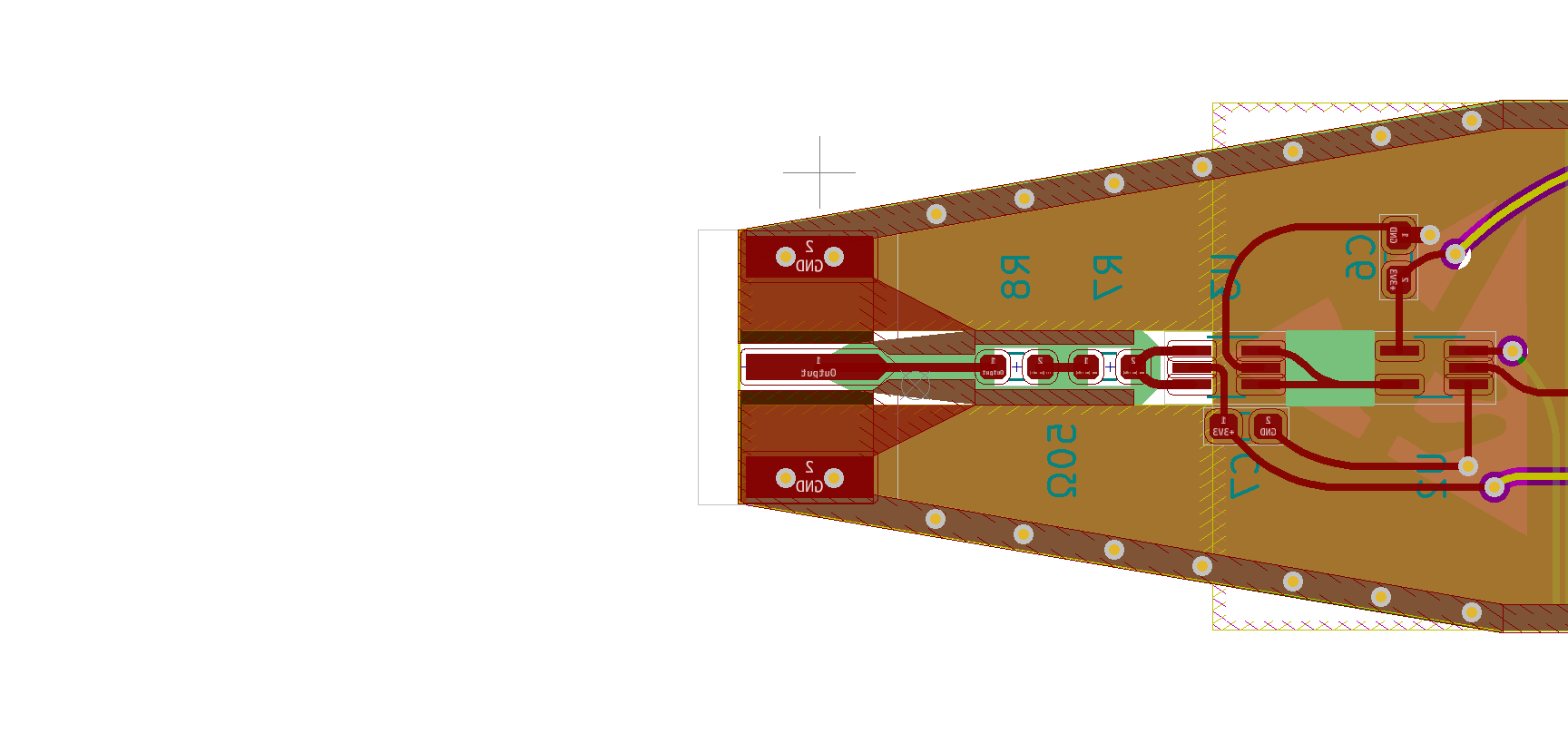
Fast Pulses, Attempt 1 (2022, Age 17)
The art of turning things off and on quite quickly is a very storied one in engineering, and it is, shockingly, not as easy as it sounds. As with many of my projects, the task sounded simple. Make an electrical signal that rose from nothing to something in less than a nanosecond. Sure? Sure. Yeah, as it turns out…
A nanosecond is really small. I was targeting 500 picoseconds, which is about 500 trillionths of a second. That’s smaller. I, however, had a plan. I used an XOR phase comparator to make a short-width pulse of electricity, comparing the same wave to itself, one through a straight wire, and one through a very squiggly line delayed by 3 nanoseconds. I abused a 74AUC logic chip to make this happen. This would best be characterized as a blunder.
On the less interesting end of the device, I used a 16MHz clock with a classic 74HC4020 series binary counter to divide the clock into multiple speeds that can be selected with a jumper, changing the rate at which the output would pulse. This worked perfectly, in addition to the dual linear regulator at the power input, one for the noisy 5V switching of the 4020, and one for the 3.3v of the front-end, clock, and analog selector, which allows a user to choose between an external trigger and the internal.
As it turns out, these 74 series logic chips do not take kindly to connecting their inputs mostly to each other, and apparently, they also don’t like getting 5V logic signals a million times per second. That was a bit of an oversight resulting from a last-minute switch to a “pin-compatible” part. It was not!
Whoops. Hey, at least 3/4ths of it works!